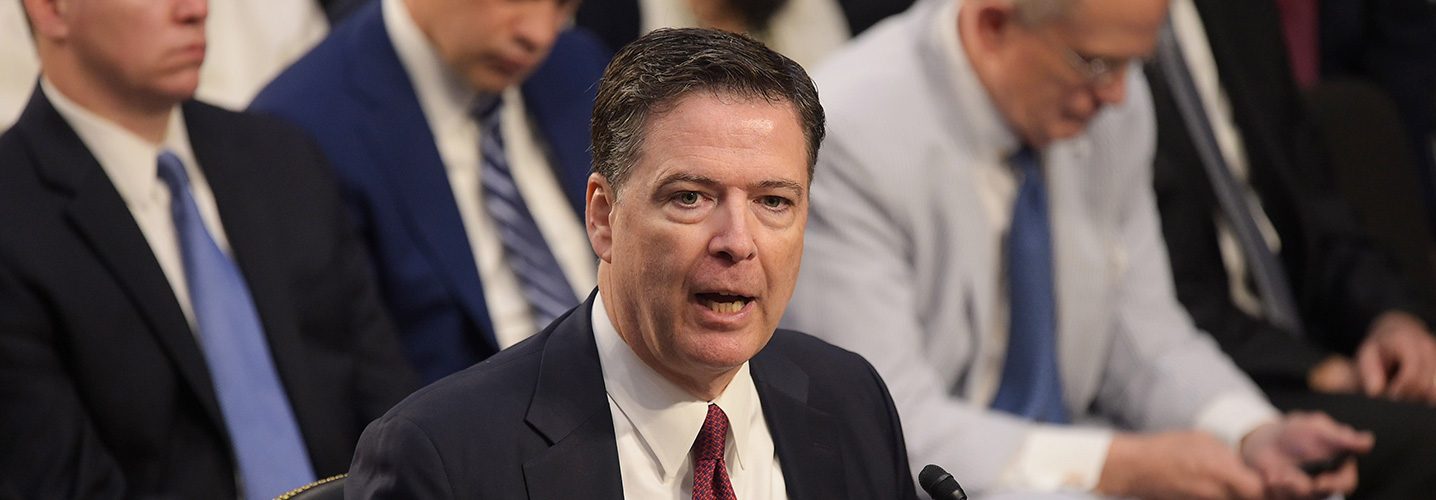With the Comey hearings in full swing, social media is lighting up like Times Square.
And while logic would dictate that this sort of political voyeurism started back in the ’70s with the Watergate hearings, in fact, it stretches quite a bit farther back, according to Smithsonian.
The precedent for televised hearings was actually set in 1922, when Congress tried and failed (twice) to pass bills allowing for radio broadcasters to allow the general public to listen in on Congressional banter.
Then, in 1932, listeners were able to hear what was happening during the debates regarding the repealing of the 18th Amendment (i.e. Prohibition). But this was only because broadcasters illegally snuck a microphone under a door near the House chambers. Clearly, these proceedings were something the voting public would have an interest in.
It wouldn’t be until 1970’s Legislative Reorganization Act that “approved continuous live coverage [was allowed in] the chambers,” explains congressional research analyst Sarah J. Eckman.
Committee hearings, however, were held to a completely different standard. Committees had the autonomy to decide whether or not to be broadcast. The Senate Armed Services Committee, for instance, started being televised in the late ’40s.
But things blew up in the ’50s, when a series of hearings by the Kefauver Committee on interstate gambling became the TV spectacle du jour. It featured a number of gangsters testifying in dramatic courtroom scenes perfect for future mob movies. Millions tuned in to watch the proceedings. The rest is history.
Below, watch a fairly tense back-and-forth from the original set of hearings.
This article was featured in the InsideHook newsletter. Sign up now.
